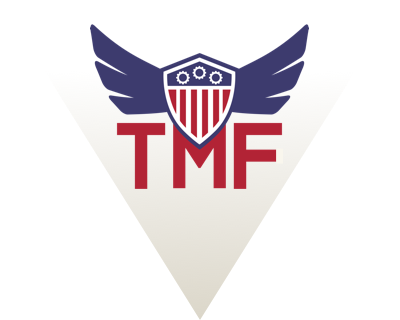How Agencies Can Score Quick Technology Modernization Fund (TMF) Victories
In what is the most significant government IT news of 2021, President Biden’s $1.9 trillion American Rescue Plan Act will include $1 billion for funding federal IT upgrades under the Technology Modernization Fund (TMF).
According to this recent FedScoop article, this $1 billion appropriation is five times higher than the TMF received in past funding bills, which was $150 million since its creation in 2017.
Under the new legislation, the TMF will now expand its funding focus on digital citizen services, legacy modernization, cybersecurity, data initiatives and multi-agency collaboration across many areas. Also, agencies will now have five years to repay TMF funds used, as opposed to the two years in the previous version.
In addition, in November 2020, Federal News Network published this special TMF spending report, which showed how several agency programs have both demonstrated return-on-investment (ROI) and the ability to pay back their loans to the TMF Board.
For example, the EEOC is currently using TMF funds to modernize its nearly 20-year-old Integrated Mission System (IMS). The first phase was halfway through in November 2020, and loan repayment begins in fiscal 2021. The GSA’s NewPay program, which aims to modernize federal payroll services and ensure that employees’ payroll experience is consistent government-wide, also received $9.8 million in 2018 and about $4 million of the loan has been repaid.
With this track record of TMF successes already in place, it’s ideal to seek out opportunities for government agencies to score some early and quick victories under the updated TMF that also show demonstrable ROI.
The IRS’ Filing Information Returns Electronically (FIRE) system is a prime example of how to automate historically complicated systems to enhance efficiencies with regards to electronic tax filings. Under the new TMF, other agencies can replicate this type of solution for automating all business processes for virtually any program.
In addition, there are also many new opportunities around Robotic Process Automation (RPA) to support business processes, cloud readiness and cloud migration, as well as ways to enhance Government’s CX journey.
Many industry players will also have the capabilities to develop applications rapidly and effectively for government agencies. As highlighted in this previous TMF “Application Modernization Integrating Flexible Architectures” project, the GSA previously had 88 applications in need of modernization.
By modernizing legacy applications, agencies can reduce costs, gain scalability and improve their ability to update apps more easily – which will translate into the ROI needed to pay back the TMF funds.
Government agencies have the opportunity to leverage this investment in ways that bring IT to the forefront of driving mission success. Fortunately, agencies can use these funds to transform and modernize how they operate, now and into the future.
In the coming weeks, we will be doing several deep-dive blog posts that highlight specific use cases for how government agencies can best leverage the TMF.
Makpar has over a decade of experience providing high-level strategic and project management services, which are ideal for bringing TMF funding efforts to life.
Please contact us here for more information about how Makpar can develop and implement IT solutions that advance mission success across all of government.

